Products News
-

Valve installation is easy to appear 6 big mistakes
With the rapid development of technology and innovation, the valuable information that should be delivered to industry professionals is often obscured today. Although customers will also use some shortcuts or quick methods to understand the valve installation, the information is sometimes less co...Read more -
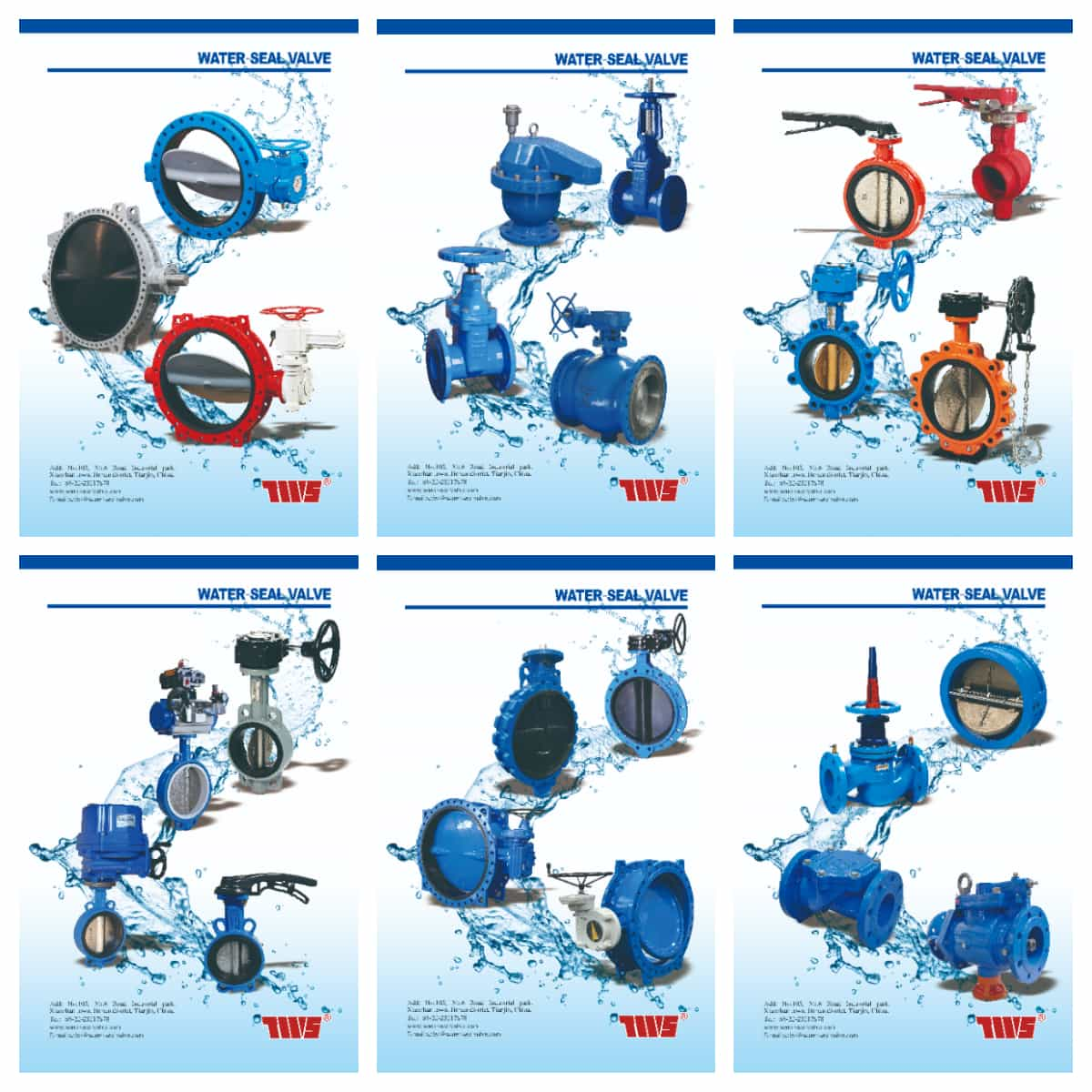
Butterfly valves have a wide range of uses, do you know all of these applications?
Resilient butterfly valve is a kind of valve, is installed on a pipe, used to control the circulation of medium in a pipe. Butterfly valve is characterized by simple structure, light weight, including transmission device, valve body, valve plate, valve stem, valve seat and so on. Compared with ot...Read more -
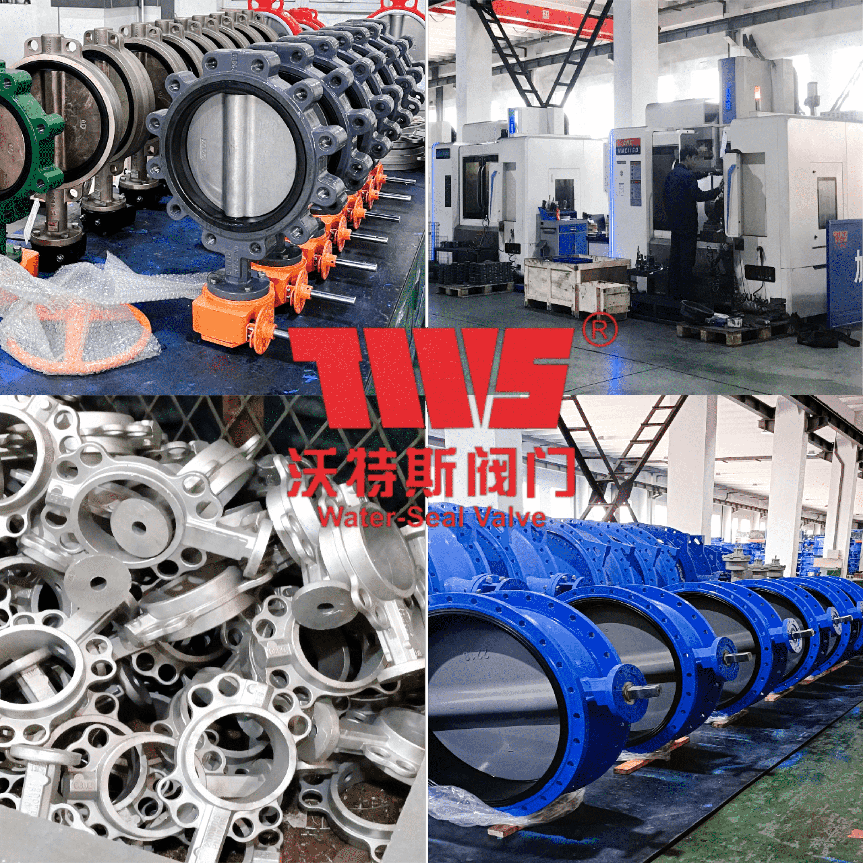
Several quick solutions to the poor sealing performance of valves
The sealing performance of the valve is one of the main indexes to evaluate the valve quality. The sealing performance of the valve mainly includes two aspects, namely, internal leakage and external leakage. Internal leakage refers to the sealing degree between the valve seat and the closing part...Read more -
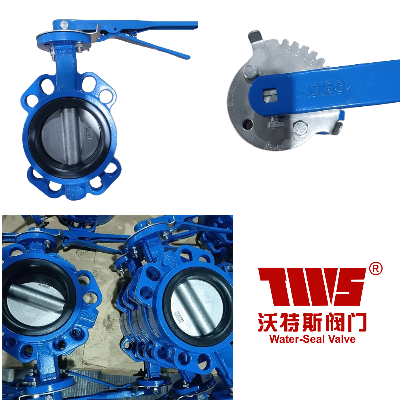
Valve selection principles and valve selection steps
Valve selection principle The selected valve should meet the following basic principles. (1) Safety and reliability of petrochemical, power station, metallurgy and other industries require continuous, stable, long cycle operation. Therefore, the valve required should be high reliability, large sa...Read more -
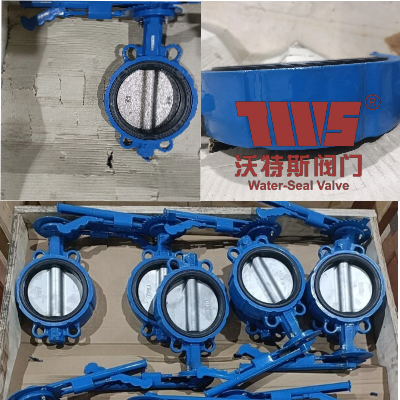
Practical knowledge of valves
Valve foundation 1. The basic parameters of the valve are: nominal pressure PN and nominal diameter DN 2. Basic function of the valve: cut off the connected medium, adjust the flow rate, and change the flow direction 3, the main ways of valve connection are: flange, thread, welding, wafer 4, the ...Read more -
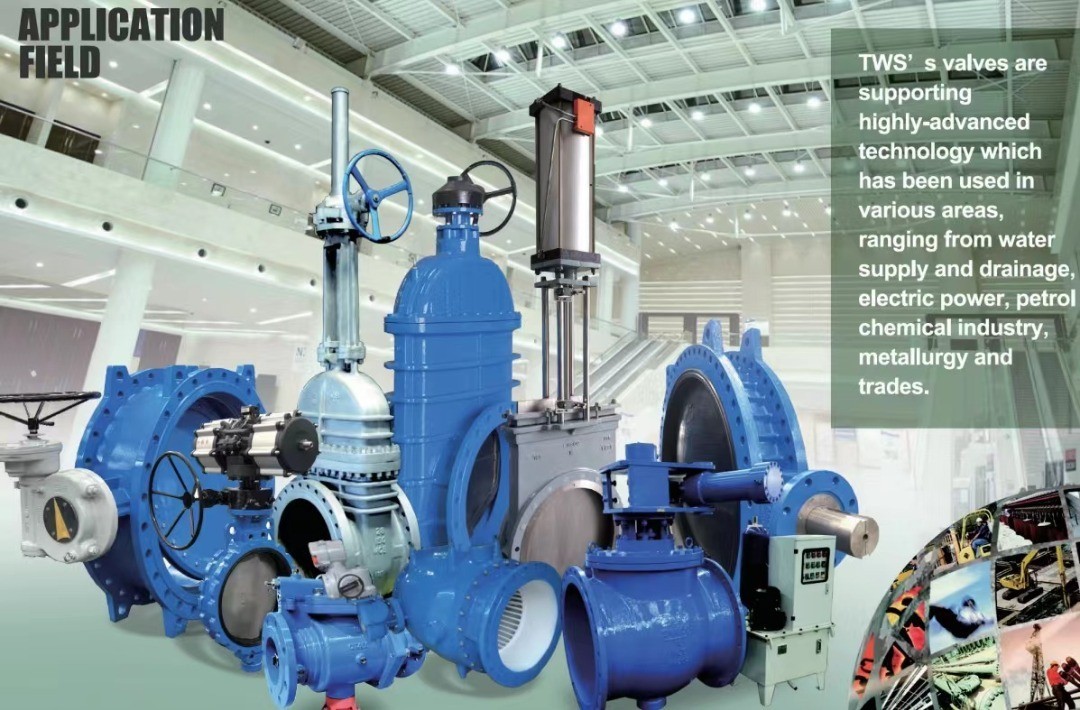
Valve selection principles and valve selection steps
1. Valve selection principle: The selected valve should meet the following basic principles. (1) Safety and reliability of petrochemical, power station, metallurgy and other industries require continuous, stable, long cycle operation. Therefore, the valve should have high reliability, safety fact...Read more -

Ball valve product information introduction
Ball valve is a common fluid control equipment, is widely used in petroleum, chemical, water treatment, food and other industries. This paper will introduce the structure, working principle, classification and application scenarios of ball valve, as well as the manufacturing process and material ...Read more -
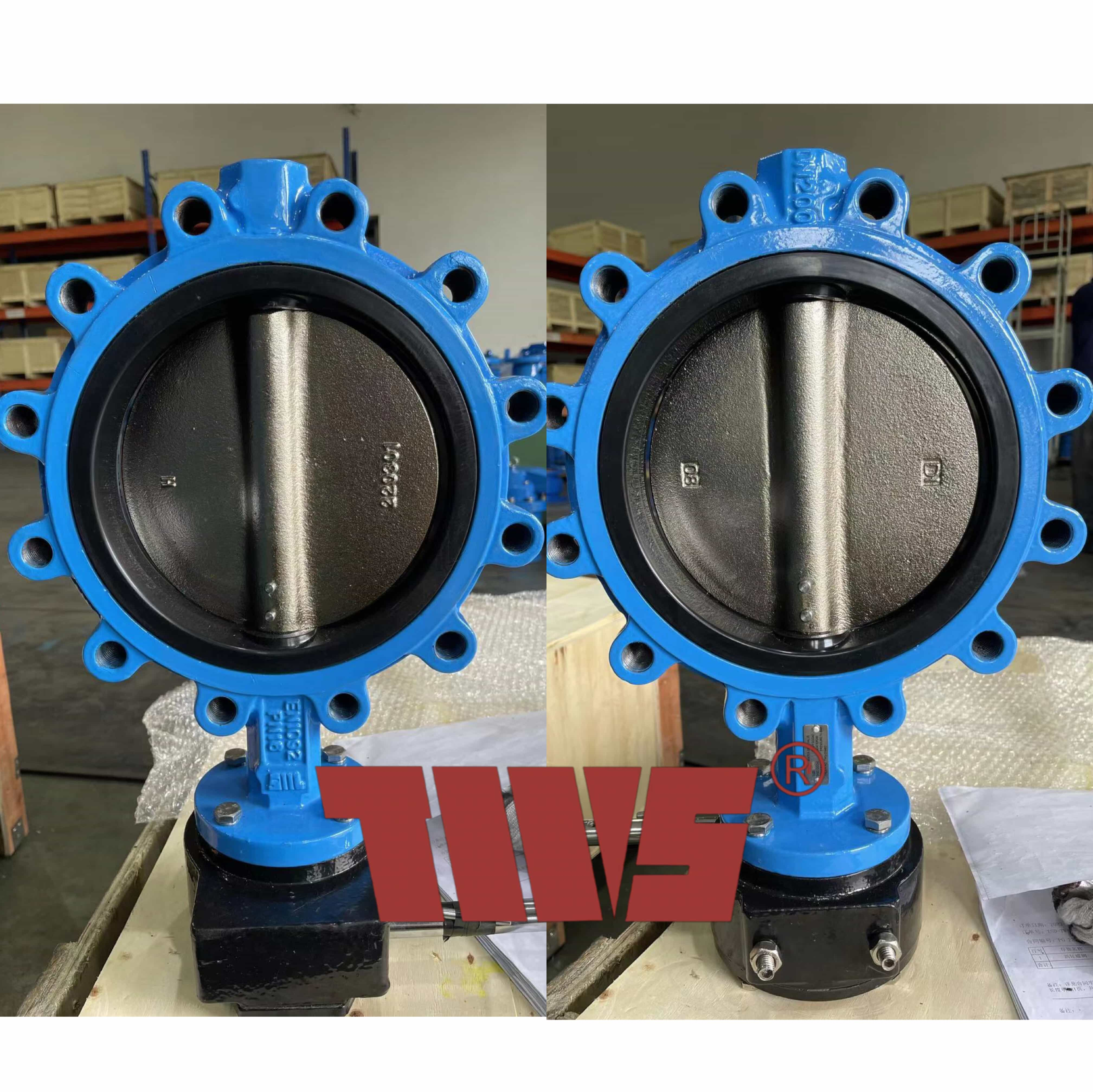
Cause analysis of common valve faults
(1) The valve does not operate. The fault phenomenon and its causes are as follows: 1. No source of gas.① The air source is not open, ② due to the water content of the air source ice in winter, resulting in the air duct blockage or the filter, pressure relief valve blockage failure, ③ air compres...Read more -
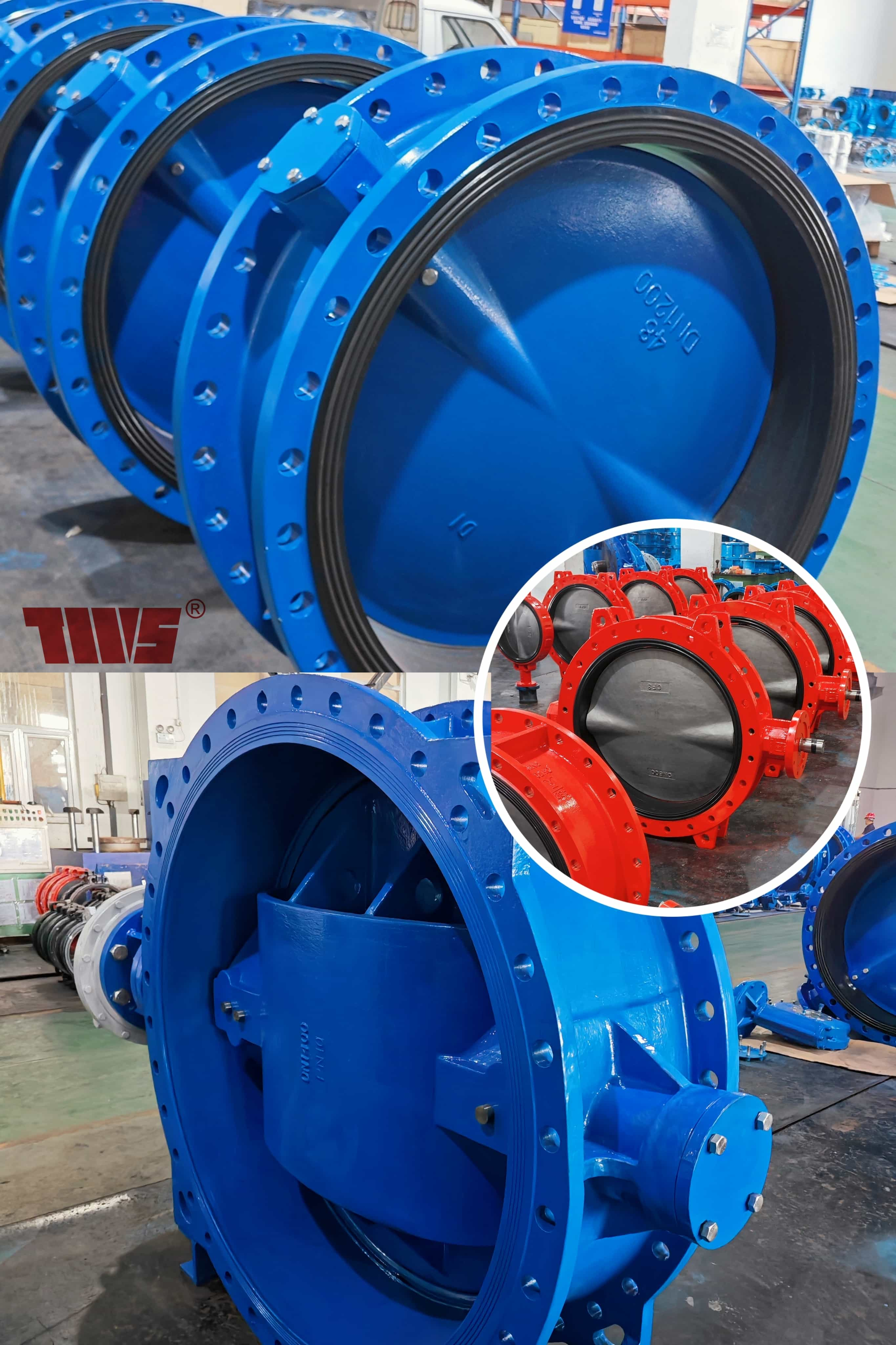
Double flange butterfly valve: Features and applications
Double flange butterfly valve, as a key element in the industrial field, plays an important role in various fluid systems. Its simple structure, light weight, fast opening, fast closing, good sealing performance, long service life and other characteristics make it widely used in the chemical indu...Read more -
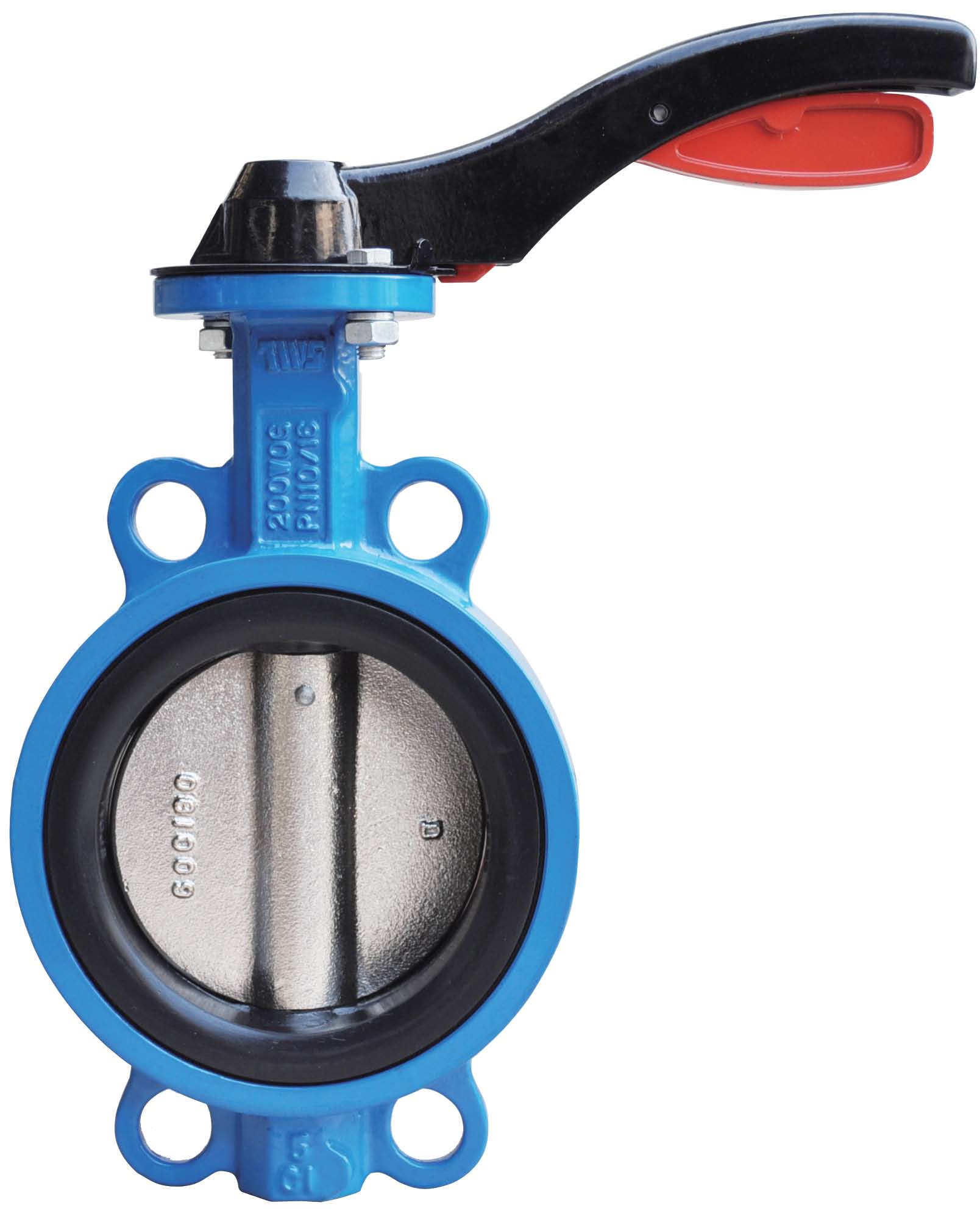
Wafer Type Butterfly Valve From TWS Valve
The butterfly valve is a valve widely used in industrial and pipe systems. It has the advantages of simple structure, easy operation, good sealing ability and large flow rate, but there are also some disadvantages. In this paper, the characteristics and advantages of the butterfly valve are intro...Read more -

Valve Classification
TWS Valve is a professional valve manufacturer. In the field of valves has been developed for more than 20 years. Today, TWS Valve would like to briefly introduce the classification of valves. 1. Classification by function and use (1) globe valve: globe valve also known as closed valve, its funct...Read more -
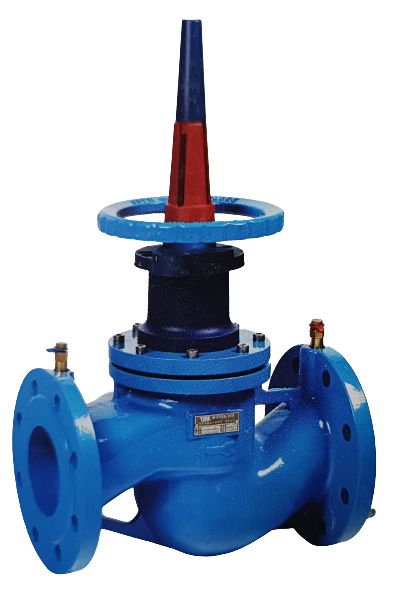
Flanged Type Static Balancing Valve
Flanged Type Static Balancing Valve Flange static balance valve is a major hydraulic balance product used by hVAC water system to ensure high-precision flow pre-regulation, to ensure that the whole water system is in static hydraulic balance state. Through the special flow test instrument, the fl...Read more




